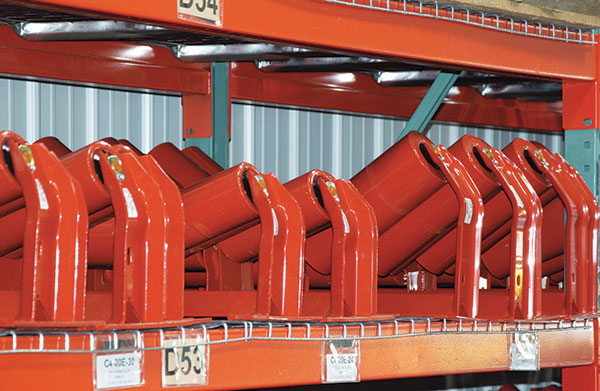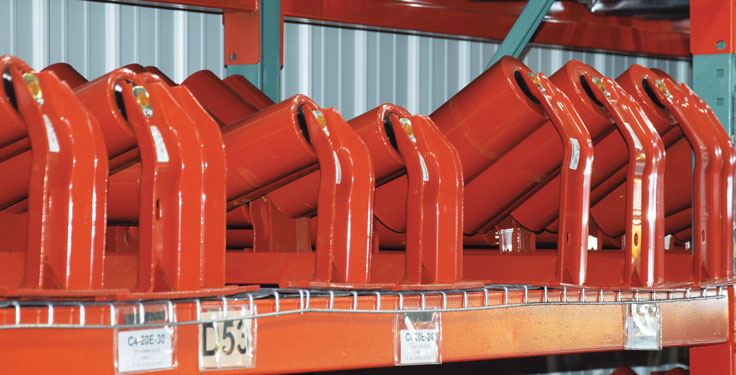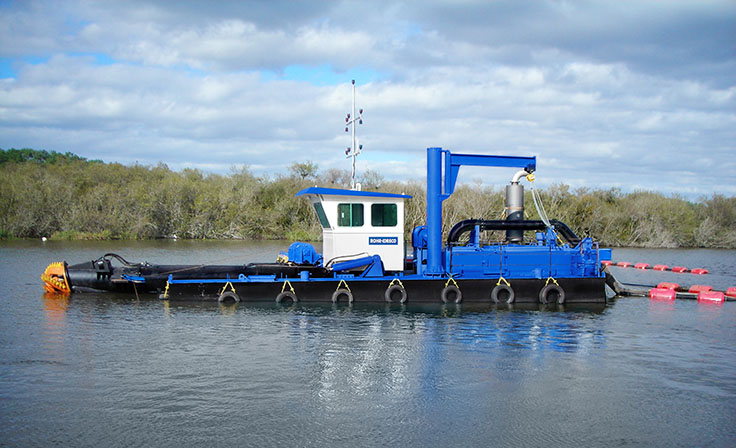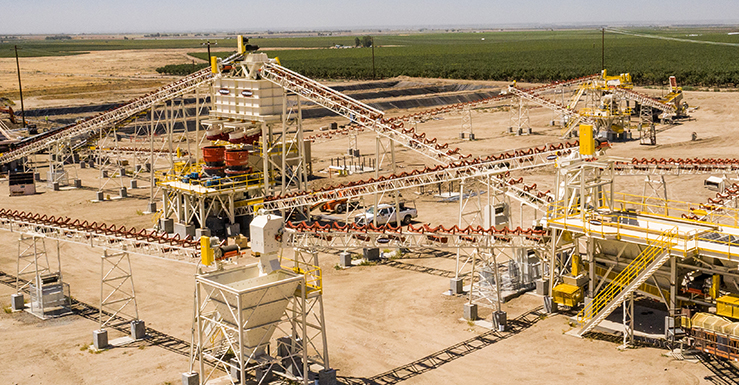
John Mickelson is no stranger to the aggregate industry’s ups and downs, as he’s experienced them alongside vendors and customers across several decades.
But the dynamics that impacted equipment and part supply this year are somewhat unique, even for a veteran dealer like Mickelson.
“I’d love to come in and have the wind at our back for a while,” says Mickelson, the president of RB Scott who bought the business with his wife, Nancy, in 1993. “You’re just constantly fighting against the unknown. Are we going to get the product in time? Are our shelves going to run out?”
So far, Mickelson counts RB Scott among the industry’s more fortunate dealers when it comes to supply.
“There have been some interruptions in some products and [with] some of our vendors, but, in general, we’ve been able to take care of our customers,” Mickelson says.
Still, traversing the 2021 supply chain was no easy task – not just for RB Scott and equipment dealers everywhere, but for manufacturers and aggregate producers alike.
Most everyone in the supply chain has grown accustomed to the disruptions presented by it. But that doesn’t mean manufacturers, dealers and producers are willing to accept the bottlenecks at play.
Manufacturers, dealers and producers all maintain high supply expectations, but delivering and finding solutions is more daunting at the moment than it’s been in a while.
“If you don’t have the things customers are accustomed to getting from you, there’s still going to be some disappointment there,” Mickelson says.
Help wanted

Unfortunately, the supply bottlenecks that plagued 2021 will remain into 2022 – and, possibly, well into next year.
“Right now the supply chain is overloaded,” says Mark Kenyon, industry manager at Applied Industrial Technologies who covers the aggregate, cement and mining industries. “Lead times continue to increase, and demand is about 20 to 30 percent above capacity.”
Kenyon says customer demand is increasing while supply chain issues are growing.
“Not only are delivery times and network reliability issues getting worse, but as manufacturing continues to increase, so will the strains to capacity,” he says.
Based on reports Kenyon reads, he expects months will pass before suppliers fully dig out of the hole they’re currently in.
“I think the major reason we’re seeing that is because there haven’t been any more policies to help the situation,” he says. “There is reliance on people to come back to work.”
A shortage of truck drivers is among the factors plaguing the supply chain, Kenyon adds.
“The industry is currently short over 80,000 drivers, and estimated to need 1 million more over the next 10 years,” he says. “Some contributing factors to the shortage are new laws passed by California – the largest trucker employer and home to the two largest ports in the U.S. One law banned trucks over 10 years old, while another law eliminating owner-operators is looking for an appeal at the Supreme Court, after losing previous legal challenges.”
Those aren’t the only regulations crippling the trucking industry, Kenyon says.
“The industry has struggled to recruit new drivers for years,” he says. “The average age of truck drivers is 48 years old, and many of them chose to retire during the pandemic. In order for them to have a license they have to be 21. But by that time, most people in the trades have already started another career.”












